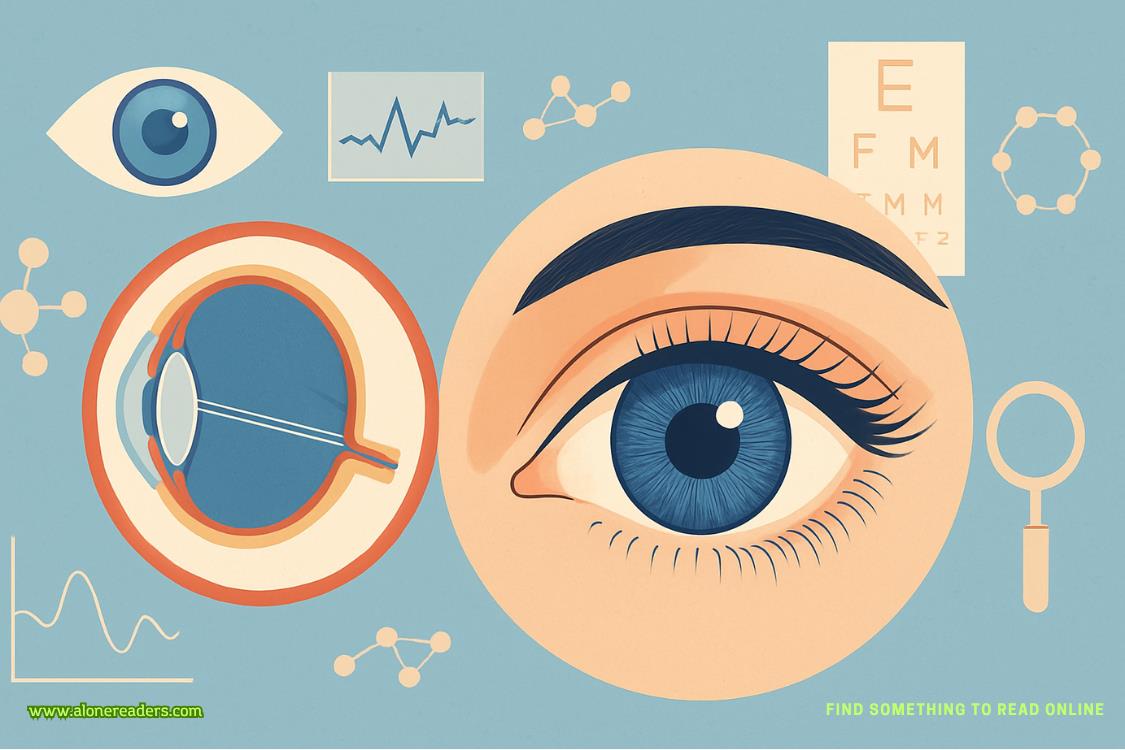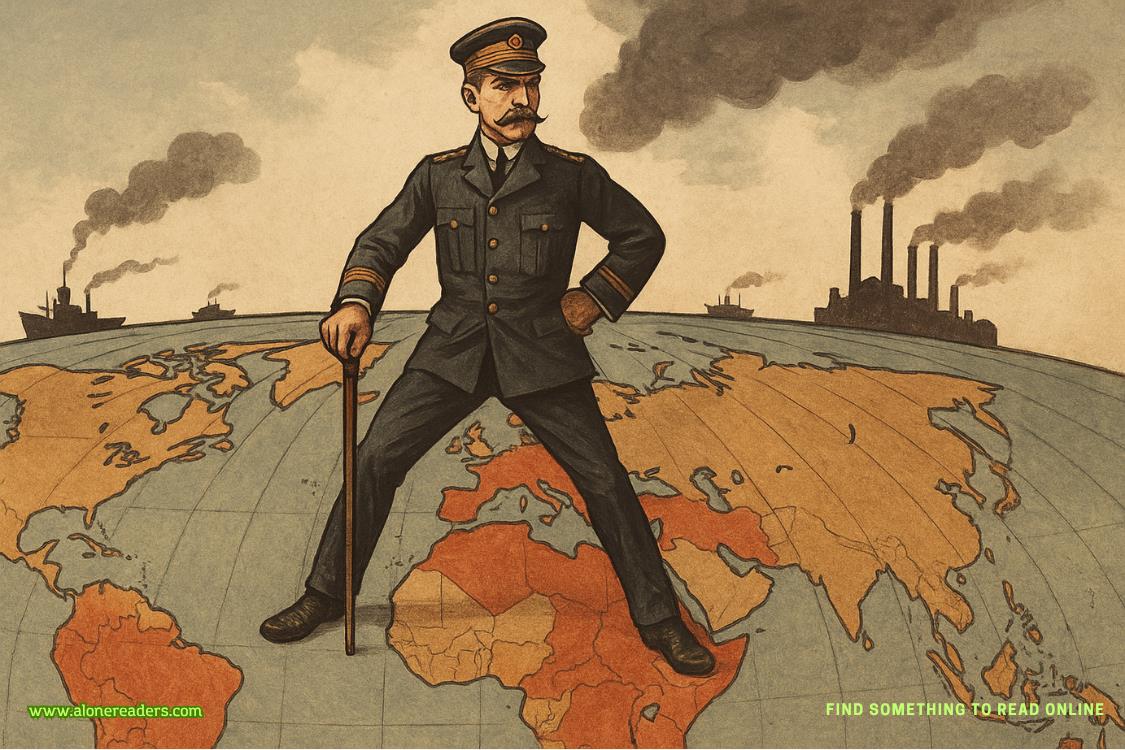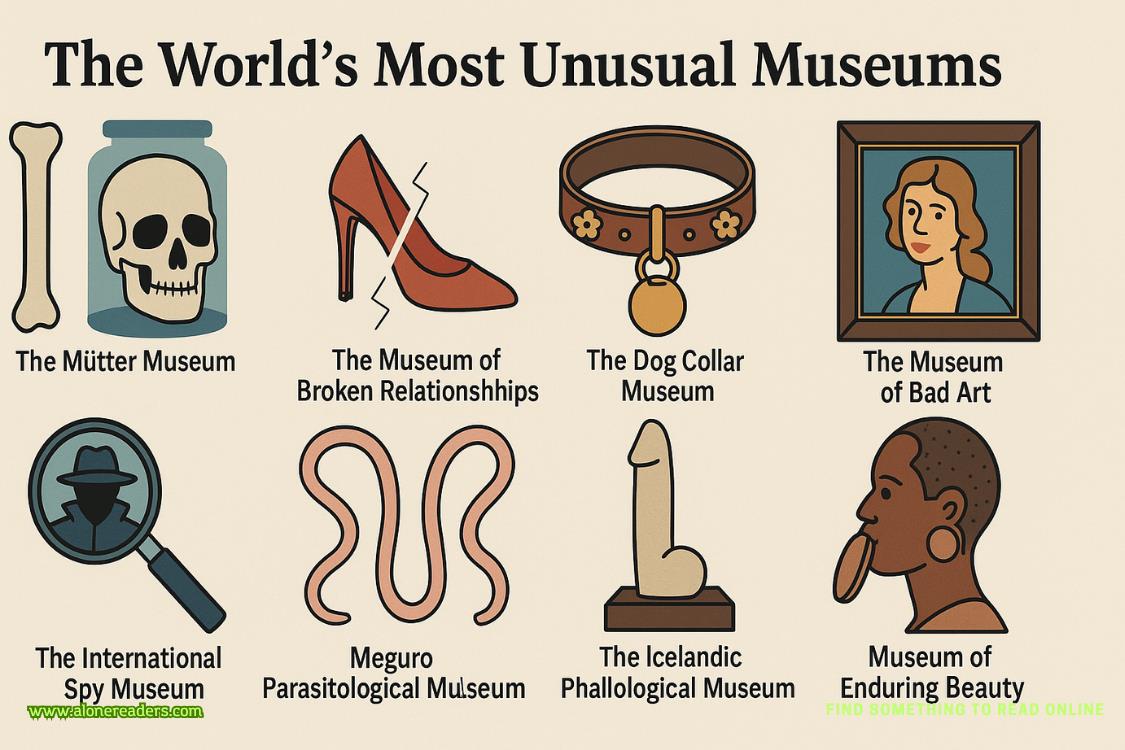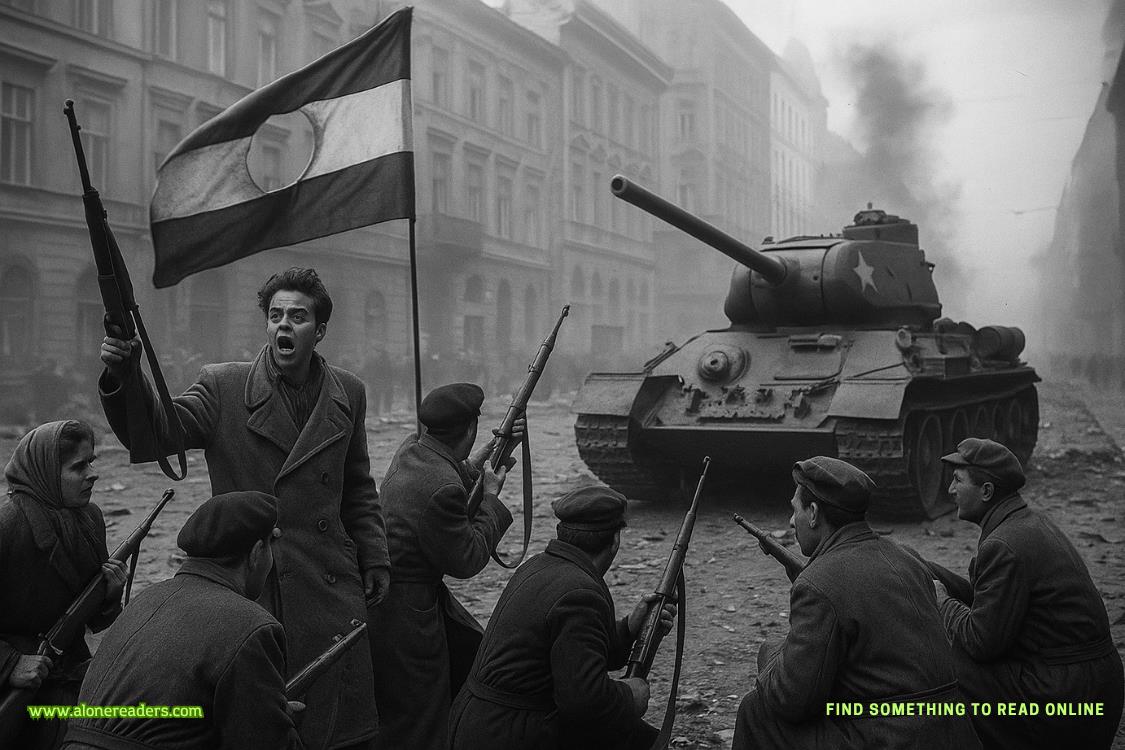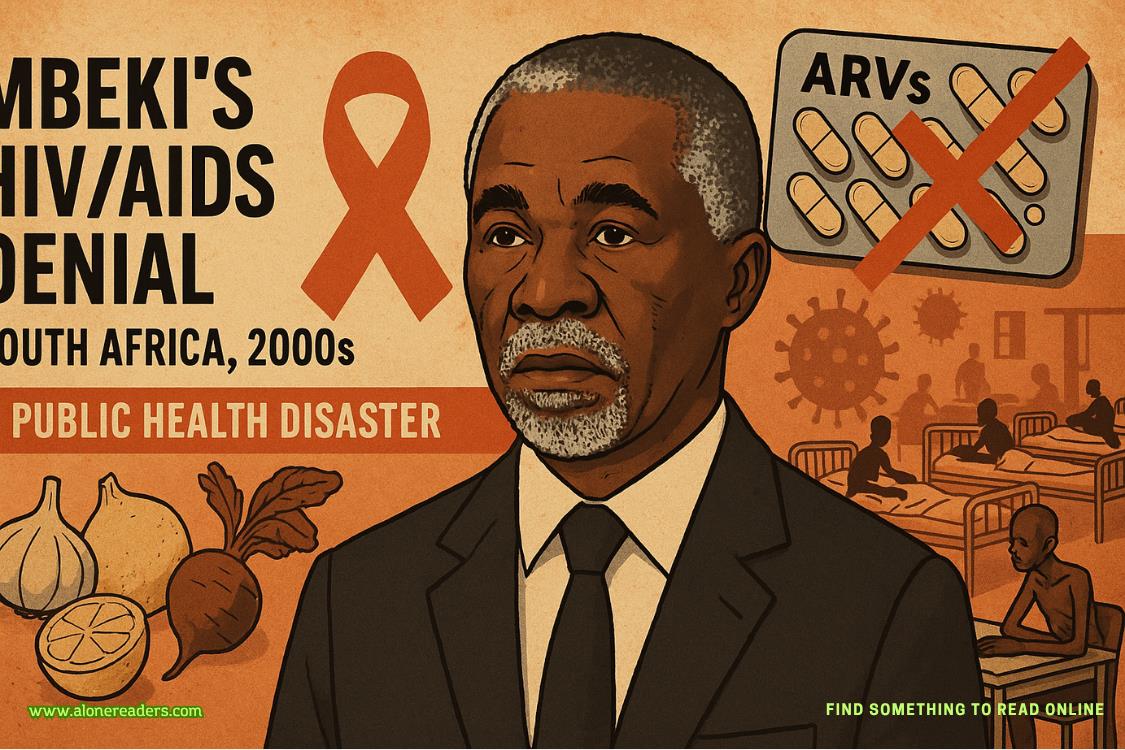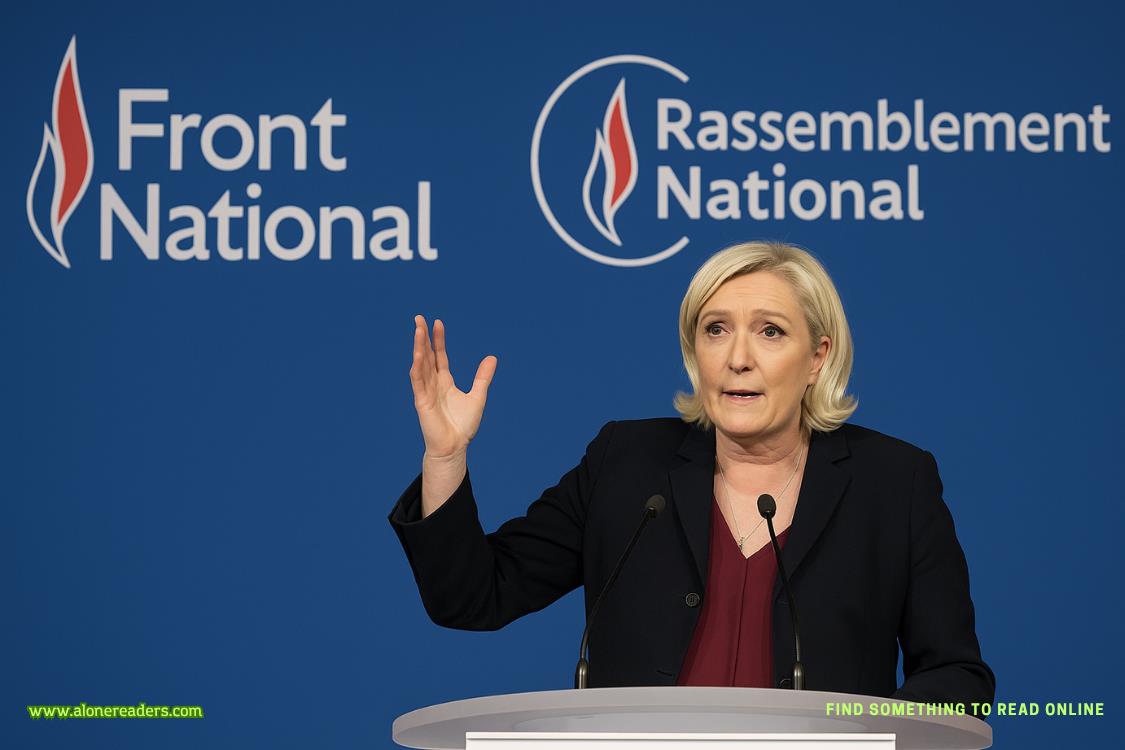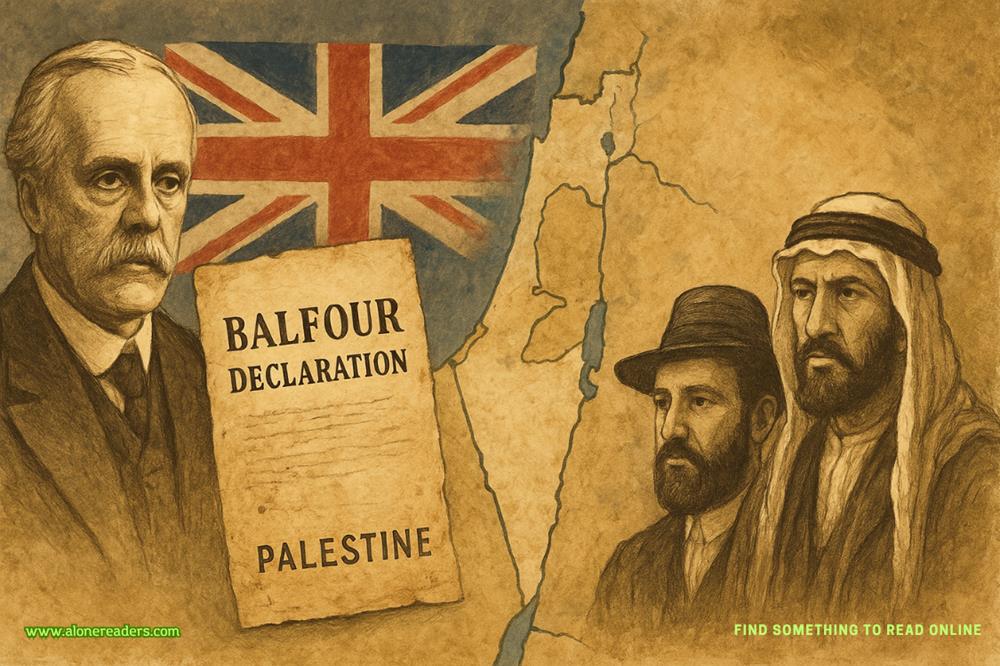Page 14 of The New House
Page List Listen Audio
‘Did you notice how scared she looked when she mentioned having to talk to her husband?’
‘She didn’t lookscared,Millie. She looked like selling a house is a decision a couple should make together. Not unreasonably,’ I add pointedly.
I turn into our road. A Prius is pulling out of a parking space a few houses down from ours, and I quickly nab the spot. I bought the new Audi as a gift for Millie’s fortieth birthday: she said it was a ridiculous extravagance, but to my mind there’s no point earning money if you don’t spend it. Business has been good recently, and as my mother used to say, there’s no pockets in shrouds.
‘The kids will be home from school soon,’ Millie says distractedly, as I unlock the front door. ‘Can you organise dinner? I have to work.’
‘Of course. The viewing went well, Millie,’ I add, trying to get things back on track. ‘We don’t want to count our chickens, but I’ve a feeling we’re going to get that house.’
My wife smiles, but it doesn’t reach her eyes.
I follow her into the house. I have the oddest sensation I’ve just made a very bad mistake, and I’ve absolutely no idea why.
chapter 09
millie
When blood is fresh, still oozing from living tissue, it has the iron tang of a park railing just after it’s rained. Clean, slightly salty, metallic.
But the longer it’s out of the body, the muskier it becomes, acquiring the odour of everything it comes into contact with: sweat, decay, death. Sometimes I can still smell it beneath my fingernails, even after I’ve scrubbed my hands raw.
It’s astonishing what blood does. There’s no substitute for it: it can’t be made or manufactured. Red blood cells disperse oxygen and nutrients to your lungs and tissues. White blood cells carry antibodies throughout the body to fight infection. Platelets help the blood clot when you’re injured by gathering at the site and sticking to the lining of an injured blood vessel. Plasma transports blood cells throughout the body, along with nutrients, waste, hormones, and proteins that help maintain the body’s fluid balance.
An adult female has approximately nine pints of blood in her body. If she loses more than three of them, she’ll go into haemorrhagic shock, and die.
My fingers tingle as I spread my left hand against the pale expanse of exposed skin, widening the space between my thumb and forefinger to keep the flesh taut.
There’s a purity to this moment, in the seconds before I cut.
I savour the weight of the knife in my hand.
And then I slice. Without hesitation: through the epidermis, the top layer of her skin, through the thicker dermis, and on through the yellow wedge of subcutaneous fat she’s spent years trying to diet away.
Her blood flows over my fingers, bright red, oxygenated, obscuring my field of vision. It doesn’t matter: I could close my eyes, and still know where to cut. I have an almost supernatural intuition, as if my fingers can see, as if those red blood cells and platelets and plasma are communicating directly with my own blood, conveying messages along a sanguinary highway.
I only stop when I see white bone.
The heart is protected by the sternum, the organ’s skeletal armour and the central bone to which ribs are attached. Cracking it with a saw requires pressure, power, and precision. Death is measured in millimetres.
But I’m good at what I do.
Once the sternum is bisected, I use a retractor to spread the two broken halves.
And then there it is before me.
Her beating heart.
The cavity is quickly filling with blood. She’ll be dead in minutes, but I’m not going to wait that long. I’m going to stop her heart now. I inject a solution containing potassium ion directly into the aortic root. As her heart quiets, mine beats faster.
I haven’t slept in twenty hours, but my mind is alpine clear as adrenaline courses through my system. I get the same rush when I ski a black mogul field in a blinding snowstorm, operating on pure instinct. One miscalculation, and the day is lost.
But I don’t miscalculate.
The perfusionist gives me a brief nod across the table.
‘We’re good,’ she says.
It’s her job to run the cardiopulmonary bypass pump while I operate. My patient has an aortic aneurysm: a bulge in the main blood vessel that carries blood from the heart to the rest of the body. Arteries usually have strong, thick walls. But sometimes the force of blood constantly pushing against an area with weakness can make them swell. The result is a balloon-like bulge: an aneurysm. When it bursts, it causes huge internal bleeding and is usually fatal.
- The Billionaire's Secret Twins by S.E. Law
- Fated to Forever: The Fate Series Collection by Lucy Darling
- Her King by Jade Marshall
- Forced Bratva Hostage by Deva Blake
- Daddy's Little Duckling by Hadley Reid
- Mafia Pregnancy by Melanie Rain
- The Omega's Bloodlinem: Part Two by Sierra Cassidy
- Axel by Natasha Sterling
- Roaring Fork Rockstar by Heather Slade
- The Game Plan by Kristen Callihan
- Give Me a Reason by Jayci Lee
- Booked on a Feeling by Jayci Lee
- The Dating Dare by Jayci Lee
- A Sweet Mess by Jayci Lee
- Desert Island Duke by Kate Bateman
- A Wicked Game by Kate Bateman
